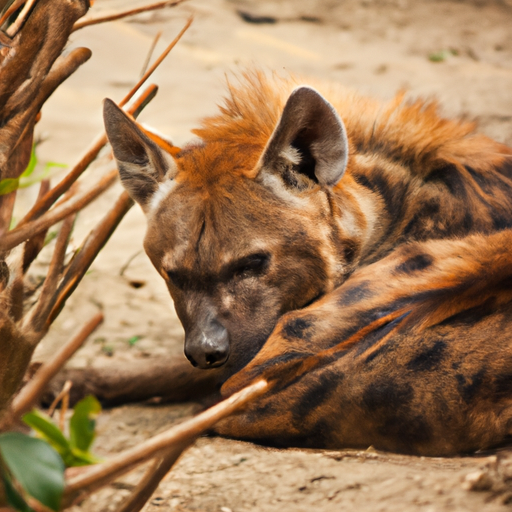 Introduction:
Introduction:
The animal kingdom is a vast and diverse realm, teeming with an astonishing array of creatures. While animals have their unique ways of communicating, surviving, and interacting with their environment, it is not uncommon to witness fascinating instances where they display behaviors that eerily resemble those exhibited by humans. This article aims to delve into these intriguing occurrences, exploring various examples across different species and shedding light on potential reasons behind this captivating phenomenon.
1. Primates: The Mirror of Humanity
Primates, our closest relatives in the animal kingdom, are renowned for their remarkable resemblance to humans in terms of behavior. From gorillas displaying empathy and compassion to chimpanzees crafting tools and engaging in complex social structures, primates continually astound researchers with their human-like qualities. These behaviors highlight the shared evolutionary history between humans and primates and provide valuable insights into the cognitive abilities of both species.
2. Dolphins and Whales: The Intelligent Ocean Dwellers
Dolphins and whales have long fascinated humans with their intelligence and social complexity. These marine mammals exhibit remarkable communication skills, using a range of vocalizations, body language, and even imitation. Additionally, they showcase empathy, problem-solving abilities, and exhibit cultural traditions that are passed down through generations, mirroring human societies in several ways.
3. Birds: The Masters of Imitation
Birds, particularly parrots, are celebrated for their ability to mimic human speech and sounds. Parrots like the African grey parrot have a remarkable talent for imitating human words and phrases, often displaying a genuine understanding of context and appropriate usage. This behavior demonstrates their exceptional cognitive abilities and highlights the influence of their environment on their language development.
4. Canines: Our Loyal Companions
Dogs, known for their deep bond with humans, often display behaviors that mirror our own. Their ability to understand human emotions, respond to commands, and show empathy make them exceptional companions. Dogs have also been trained to perform various tasks, such as therapy and assistance work, further emphasizing their remarkable adaptability and sensitivity to human needs.
5. Elephants: The Emotional Giants
Elephants, renowned for their intelligence and complex social structures, exhibit emotions akin to those experienced by humans. They display grief, empathy, and even an understanding of death. Elephants’ strong familial bonds, their rituals surrounding death, and their cooperative behavior showcase their remarkable emotional intelligence, making them one of the most relatable animals in the wild.
6. Octopuses: The Masters of Problem-solving
Octopuses, often hailed as the most intelligent invertebrates, display remarkable problem-solving abilities. They can navigate mazes, exhibit curiosity, and even engage in playful behavior. Octopuses’ ability to manipulate objects and show discernment in various situations suggests a level of cognitive complexity that shares similarities with human behavior.
7. Ants: The Architects of Cooperation
Ants, although tiny in size, exhibit highly organized and cooperative behavior, reminiscent of human societies. They live in complex colonies, with each individual playing a specific role, demonstrating division of labor and teamwork. The collective intelligence displayed by ants in tasks such as foraging, nest building, and defense strategies is an exemplary display of efficient collaboration.
Conclusion:
Observing animals exhibiting human-like behaviors is a constant reminder of the interconnectedness of all living beings. While the motivations behind these behaviors can vary, ranging from shared evolutionary traits to learned behaviors from human interaction, they undoubtedly provide valuable insights into the cognitive abilities and emotional range of animals. Understanding these parallels can foster a deeper appreciation for the richness and complexity of the natural world, inspiring further research and conservation efforts to protect and preserve the incredible diversity of life on our planet.
